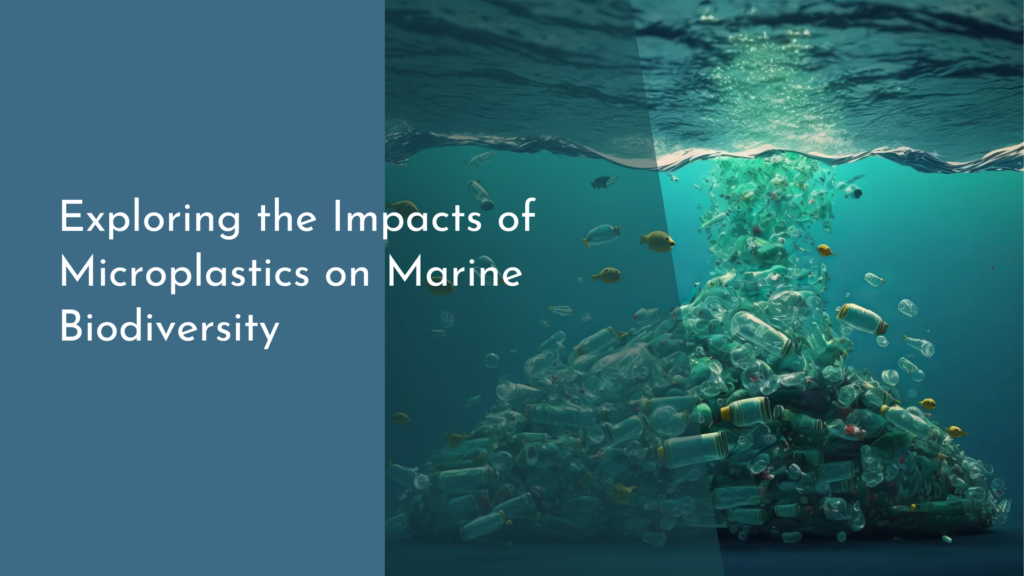Developing wildlife-friendly pest-resistant crops
In the ever-evolving world of agriculture, the quest for sustainable practices has led to an exciting intersection between wildlife conservation and pest management. Farmers are increasingly recognizing the benefits of developing wildlife-friendly pest-resistant crops, which not only enhance their productivity but also promote biodiversity in the surrounding ecosystems. This article delves into the joys of wildlife-friendly agriculture, the scientific innovations driving pest-resistant crops, the importance of fostering beneficial wildlife, and the myriad benefits of embracing sustainable farming practices.
Unveiling the Joy of Wildlife-Friendly Agriculture
Wildlife-friendly agriculture is more than just a trend; it’s a heartfelt movement toward a harmonious relationship between farming and nature. By cultivating crops that are resistant to pests, farmers can minimize their reliance on chemical pesticides, which often have detrimental effects on local wildlife. This not only leads to healthier ecosystems but also creates a vibrant balance where nature can thrive alongside agricultural practices. As farmers integrate these wildlife-friendly techniques, they also contribute to the preservation of local flora and fauna, enriching their landscapes with the wonders of biodiversity.
Moreover, wildlife-friendly agriculture fosters a sense of community among farmers and environmentalists alike. By sharing knowledge, experiences, and techniques, they create a supportive network that champions sustainable practices. The joy of seeing fields alive with beneficial insects, birds, and other wildlife adds a vibrant dimension to the farming experience, transforming the landscape into a living tapestry that celebrates both agriculture and nature. This holistic approach not only benefits the land but also nurtures the spirit of those who work it.
The Science Behind Pest-Resistant Crop Innovations
The development of pest-resistant crops is rooted in cutting-edge scientific research and innovation. Scientists are employing various methods, such as biotechnology and traditional breeding techniques, to create crops that can naturally withstand pest pressures. These advancements have led to the emergence of genetically modified organisms (GMOs) that incorporate pest-resistant traits, significantly reducing the need for chemical interventions. This not only enhances crop yield but also allows farmers to maintain the integrity of their ecosystems.
Moreover, researchers are exploring the genetic diversity of traditional crops to identify natural pest resistance traits. By crossbreeding these resilient crops with high-yield varieties, scientists can cultivate new strains that are both productive and environmentally friendly. This scientific synergy between agriculture and nature presents a promising future for food security, allowing for the production of healthy, pest-resistant crops that require fewer resources and less environmental impact.
Nature’s Allies: Encouraging Beneficial Wildlife in Fields
Incorporating beneficial wildlife into agricultural fields is a crucial aspect of developing pest-resistant crops. By creating habitats that attract natural predators, such as ladybugs, lacewings, and birds, farmers can establish a natural pest control system. Planting cover crops, maintaining hedgerows, and providing nesting sites can significantly enhance the presence of these helpful creatures, leading to a more balanced ecosystem. This approach not only reduces pest populations but also enhances the overall health of the farm.
Farmers can also engage in companion planting, a technique where specific plants are grown together to benefit one another. By pairing pest-resistant crops with plants that attract beneficial insects, farmers can create a thriving environment that naturally deters pests. This harmonious coexistence creates a win-win situation, as it fosters a diverse ecosystem while simultaneously safeguarding crops. Embracing this philosophy transforms farming into a more enriching experience, where nature plays a vital role in agricultural success.
Harvesting Success: Benefits of Sustainable Farming Practices
The benefits of developing wildlife-friendly pest-resistant crops extend far beyond the immediate farm. Sustainable farming practices contribute to healthier soil, improved water quality, and the conservation of natural resources. By minimizing chemical inputs and promoting biodiversity, farmers are not only enhancing their productivity but also paving the way for a more resilient agricultural system. This approach leads to long-term sustainability, ensuring that future generations can enjoy the fruits of the land.
Additionally, wildlife-friendly practices often result in higher quality produce, which can command better market prices. Consumers are increasingly leaning towards sustainably farmed products, providing a promising economic incentive for farmers to adopt these methods. The positive feedback loop created by wildlife-friendly agriculture not only benefits farmers and consumers but also contributes to the broader goal of preserving our planet’s biodiversity. As the world embraces more eco-conscious choices, the joy of witnessing a thriving, sustainable agricultural landscape is indeed a harvest worth celebrating.
In conclusion, the development of wildlife-friendly pest-resistant crops is a beacon of hope for sustainable agriculture. By blending scientific innovation with a deep respect for nature, farmers can cultivate thriving ecosystems that enhance both productivity and biodiversity. As we celebrate the success of these practices, we also inspire a renewed commitment to nurturing our planet. The journey toward sustainable farming is a collaborative effort, and together, we can create a future where agriculture and wildlife flourish hand in hand.

